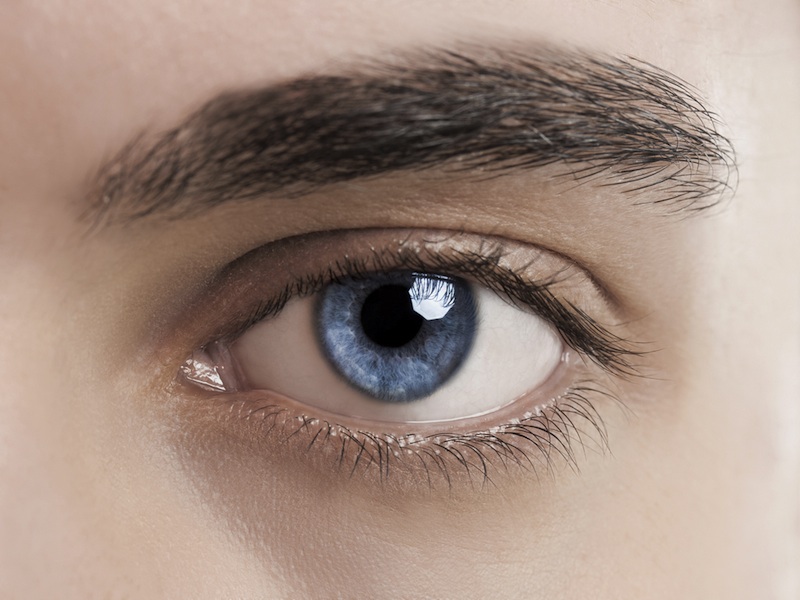Eye Glue Could Improve Safety of LASIK Surgery

A new glue designed to seal flaps in the cornea after eye surgery could help improve the safety of laser vision corrective surgeries such as LASIK.
LASIK uses a laser to reshape the cornea, the eye's outer layer that helps the eye focus. During the procedure, a flap is cut in the cornea so that a laser can remove corneal tissue. The hinged flap is then returned to its original position and held in place with nothing but surface tension.
While this method works is sufficient in most cases, if the eye is hit with blunt force trauma – from a car airbag or a tennis ball, for example – before the cut heals, the flap can peel open again. This can lead to contamination inside the cornea that can require immediate medical attention, such as corneal transplantation.
[New Glue Stays Sticky Even In Outer Space]
"Although a cornea transplant is a routine outpatient procedure, we need to do everything we can to avoid such a transplant," study lead author Stacy Littlechild from Kansas State University said in a statement. "These patients are in pain, out of work and can't see for a few days afterward."
In a new study, published in the journal Investigative Ophthalmology & Visual Science, Littlechild and her team investigated whether this problem could be addressed with a type of glue currently used in cataract surgery.
"The idea is that if you use the glue, you'll either reduce or alleviate the risk associated with LASIK surgery," Littlechild said. "The hope is that you would never have to worry about needing a transplant later."
Get the world’s most fascinating discoveries delivered straight to your inbox.
[Shapeshifting Mobile Camera Lens Inspired by Human Eye]
The glue is made from fibrinogen and riboflavin — a protein produced in the liver and a type of B vitamin, respectively. The substance is nontoxic, biodegradable and does not leave a cloudy scar.
In tests, Littlechild and her team successfully used the glue to seal laser-cut flaps in corneas removed from dogfish sharks and rabbits.
The team says the glue has the potential to bond with other body tissues that are similar in chemical and molecular composition to the cornea.
For instance, tendon tissue that connects muscle to bone is similar to the cornea. Tendon tissue often heals slowly because it does not have many blood vessels; likewise, the cornea does not have any blood vessels.
This story was provided by InnovationNewsDaily, a sister site to LiveScience. Follow InnovationNewsDaily on Twitter @News_Innovation. We're also on Facebook & Google+.



